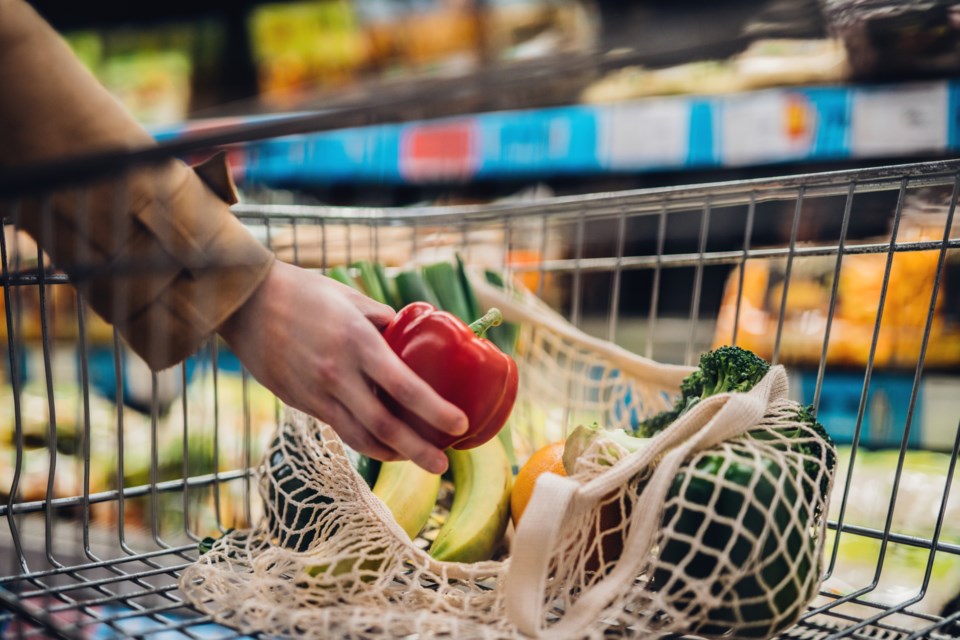The well-worn line is that economists have predicted nine of the last five recessions.
The 2022 version ought to be that nine of the last five have insisted the inflation was a passing problem, gone before you know it.
Neither they nor central bankers nor political leaders (nor, I suppose, financial columnists) have foretold the widening, protracting mire of rising costs and prices. The sudden shower everyone supposed would drift away has become a several-season atmospheric river.
The last time inflation was this high – 6.7 per cent nationally, six per cent in B.C. – water was free and you paid for music.
Inflation batters your pocketbook well before income adjustments soften the strike, often even well before your larger personal budgets can be modified. So, the order of the day is to look for safer spending havens where either supply chain breakdowns, labour shortages, climate change, the Russian invasion of Ukraine or the semi-permanent tranche on a business due to the pandemic have not had their impact.
Of course, this navigation around the hardest hits on our costs of living is most evident at least three times a day – with our food. And the most economical, securely stable choice to dodge the inflationary environment is to buy locally, to be the customer at the end of the long arms of the agricultural sector, the end of the line from the farm-focused technology that improves production, profitability and sustainability.
There are plenty of great examples of agritech: indoor farms, plant-based pest controls, sensors to monitor crops and nurture them more efficiently, and the early advents of robotics and automation.
The more that starting point builds scale, the more it can meet the market demands, the more it provides us food security. If we are serious about smiting inflationary supply-chain or efficiency impacts, the foundational technology on the farm is the logical place to start.
Which is a long, winding, long-winded way of noting the release of a report that most timely rattles the cage for change. It comes from Invest Vancouver, the economic development arm of the Metro Vancouver Regional District, which has started to produce some of the most thorough research on our local economy and advocacy to address it.
A few months back Invest Vancouver produced a thoughtful call to action on our cleantech sector. Its latest examines agritech, the innovative and modern mechanical end of the food production sector, and it’s an alert.
While there are statistical compilations on industry contributions available, this report is the first one to examine the competitive strengths and weaknesses and the barriers to success for the sector.
First and foremost, there is generally some good news about which there is reason for optimism. The business is largely young, so it is at a stage to grow with some agility. It is capitalizing on early-stage financing and investor tax credits, so it’s not particularly short on resources. And in many ways it is emblematic of the region’s innovative ecosystem, which suggests its location is well-placed in British Columbia.
But the report starts with a worrisome observation in summarizing its recommendations: the industry is basically unglued. It lacks “an industry-wide support system or networking organization, leaving limited opportunity for firms to connect with one another, with farmers, with investors, with new markets and with potential customers.” A solution: an industry association or a support mechanism to build a sectoral network, possibly even an Agritech Centre of Excellence.
Access to capital is often considered easy in this region, but the report notes that farmers do not adopt technology frequently because they don’t have that easy access. A grant program to guide farmers into made-in-B.C. products and services would bring them into newer tech, the report concludes.
The sector has a slow process of moving from the stages of proof-of-concept to design-for-manufacturing, so Invest Vancouver recommends an artisanal approach of shared facilities for small-scale manufacturing for inventors, entrepreneurs and earlier-stage firms to help them gain scale more swiftly.
The initial business stages are clearly a concern in the sector. Through its interviews, the researchers found that information on how to start a firm, and in particular how to start an agritech firm, is hard to source. And inasmuch as selfishly we’d like these firms to serve the local market, their opportunities to export are hindered by a lack of how-to information there, too.
One of the more innovative suggestions is a business-to-business “matchmaking” service for B.C.-based firms to find large customers as part of a larger initiative of trade missions and international events.
The effect of these recommendations would be felt locally, but they have to emerge for the most part provincially or federally in program creation and refinement, in direct senior government support and in measures to accelerate technology adoption.
Any one of today’s inflationary factors ought to be a wake-up call for systemic reforms that propel well-being. We know our future will feature more climate episodes, more pandemics, more disruptions to supply chains and more labour challenges given our demography.
The mistake would be to assume that with each such development, our economy will be resilient and restorative. More likely, this is the time, even deep in the inflationary mess on our hands, to invest intelligently in the means to mitigate what we expect ahead, not to assume we have in hand what it takes to withstand whatever it brings. •
Kirk LaPointe is publisher and editor-in-chief of BIV and vice-president, editorial, of Glacier Media.



